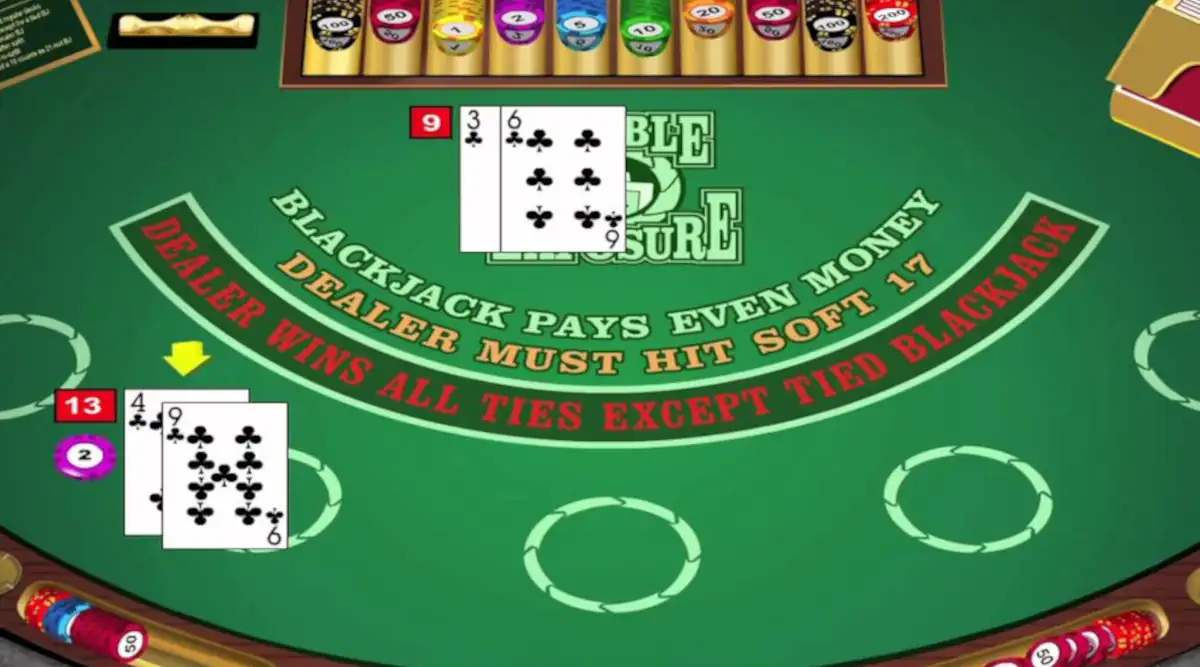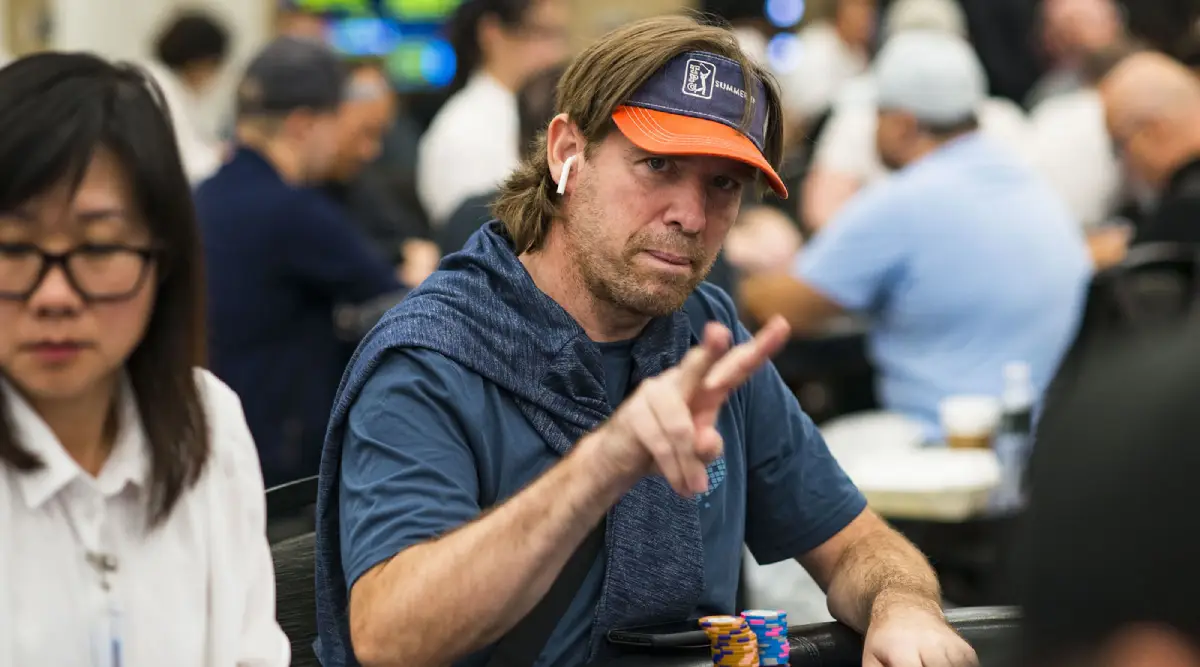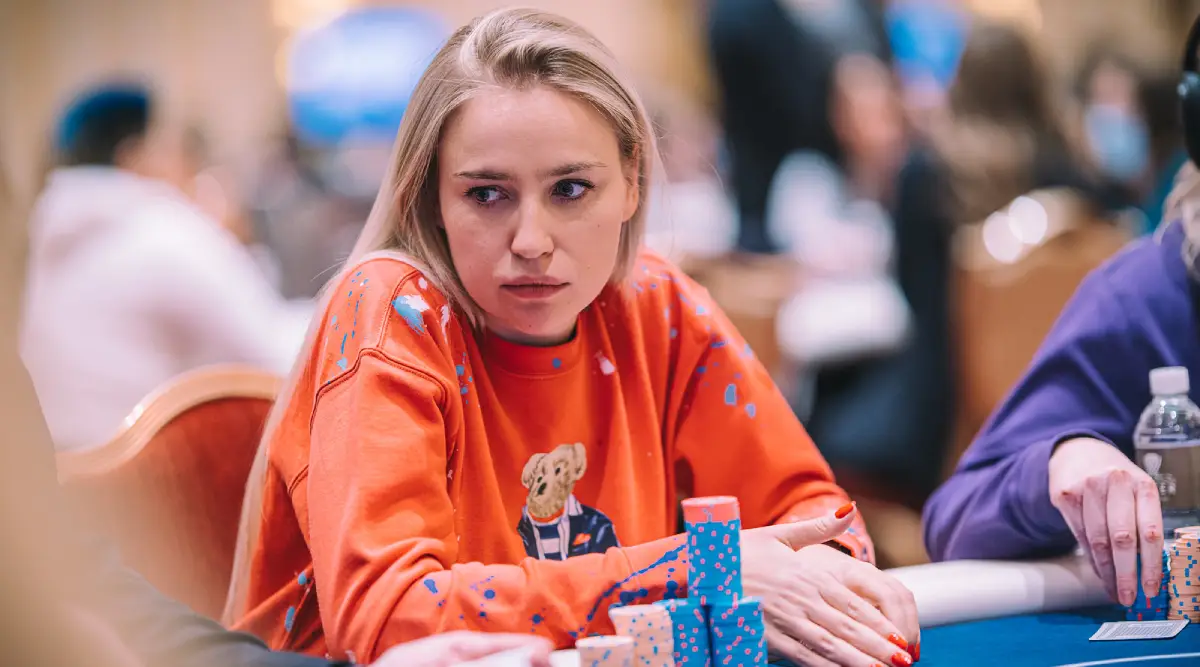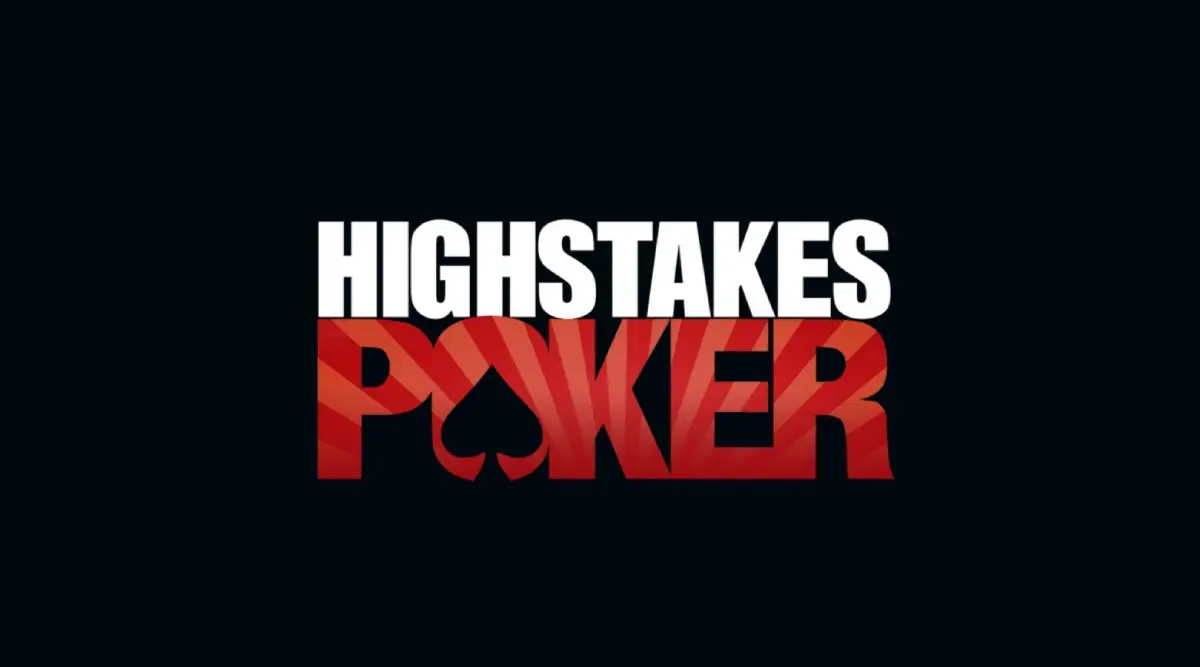
Double Exposure Blackjack: Origins and Strategies
If you’re a fan of Blackjack, you may want to try your hand at Double Exposure, also known as Zweikartenspiel in German, which translates to “two-card game.” This version of Blackjack was created by Richard Epstein, a game theorist and mathematician, and first published in his book, Theory of Gambling and Statistical Logic, in 1967. The game was first publicly demonstrated at Vegas World in Las Vegas in late 1979 and quickly expanded to four more casinos within a month. Casual and professional gamers alike were eager to try their luck with Double Exposure and learn about the blackjack strategy table. Whether you prefer to play at land-based casinos or enjoy the convenience of free online blackjack, Double Exposure is a thrilling game worth exploring.
Double Exposure Strategy Table
When it comes to Variations Online Blackjack, as well as Double Exposure Blackjack, it’s essential to consider the house advantage. The game has a slightly higher house edge of 0.67 percent compared to other Blackjack variants, but it’s still superior to casino games like roulette and slots. While each round of Double Exposure is unique, there are some guidelines to keep in mind to increase your chances of winning.
- Set a spending limit before playing and stick to it. This blackjack table strategy tip is crucial in managing your budget and avoiding overspending.
- Always aim to score 11 or lower. In Double Exposure Blackjack, you’ll want to aim for low scores since the dealer must beat your score to win.
- Take a chance and gamble on something every time the dealer hands you twenty dollars. This can be an effective way to increase your winnings, but it also carries risk, so use this strategy wisely.
- Always take at least a 17 in your hands. With a dealer showing both cards, a hand of 17 or higher is the safest bet to beat the dealer’s hand.
- In the event of a tie, the dealer always wins. To break a tie, strike when necessary. Remember that the dealer wins in the event of a tie, so aim to get as many points as possible to avoid losing.
Playing Double Exposure Blackjack Online
Playing Double Exposure Blackjack online has many advantages, including the ability to always find a seat at a table. On the other hand, finding a land-based casino with Double Exposure tables might prove difficult. However, a good online casino will always have a variety of Blackjack tables, including Double Exposure and Double Deck Blackjack rules.
Understanding the Double Exposure Blackjack Strategy Table
The Double Exposure Blackjack strategy table has specific rules to follow. If you have a hand of 17 or greater, keep hitting until you lose. Aim to rack up as many points as possible because if the cards are tied, the dealer wins.
Here are some step-by-step instructions to follow:
- Stand only if the dealer’s hard totals are 4, 7, 8, or 9. Aim for the dealer’s 7, 8, or 9 whenever possible. If not, aim for the dealer’s 7-11, and if not, aim for the dealer’s 17 or higher.
- Against soft totals 4-9, double on soft 14, 15, and 16. Hit 11 if you don’t want to.
- Take a stand if the soft totals are 13-16. Double if they’re 12 and stand if they’re 14-16. Aim for totals between 13 and 16, and never stand on “soft 16” or “lower 17.”
- If you’re ahead, stand on a soft 13-17. If not, hit. Always take a stance if the dealer beats you.
- Play with a light touch if you’re under 17. Otherwise, keep hitting until you beat the dealer.
Splitting Bad Cards from the Dealer
When it comes to splitting bad cards from the dealer, there are several strategies you can use to increase your chances of winning. Here are some key rules to keep in mind:
- Split 4s against 12-16. If the dealer has a lot of weak hands, hit 5s instead.
- Always aim for the fives against 2s-4s. If the dealer has a lot of weak hands, hit 6s instead.
- Hit soft 14-16 or 7s unless the dealer has a lot of weak hands.
- Split 8s against soft 16 and 17. Stand on 9s unless the dealer has a lot of weak hands.
- Split 9s unless the dealer has a 7, 10, or ace showing.
- Always split aces, but never split 11 or 17 and above.
In addition to these rules, there are other strategies to keep in mind when playing Double Exposure Blackjack. Compared to regular Blackjack, Double Exposure requires a different strategy because the dealer can show up to ten cards in “hole-card” games. Depending on which two dealer cards are presented, the dealer can have hard totals ranging from 4 to 20 and soft totals of 12 to 20. European Blackjack, on the other hand, is a different variant that has its own unique set of rules and strategies to keep in mind.
Here are some additional strategies to keep in mind:
- Soft totals 13-20 and hard totals 5-11 should be doubled against a dealer with a hard 15.
- If the dealer has 17 or more, draw both soft and firm cards as long as their value is less than the dealer’s hand.
- Remember that different dealer totals have distinct play options when dealing cards to the dealer.
Conclusion
In conclusion, if you want to try your luck with Double Exposure Blackjack or other variations like European or American Blackjack, remember to set a spending limit, aim for low scores, and follow the rules of the strategy table. Whether you’re playing online or at a land-based casino, understanding the game’s strategies and guidelines can increase your chances of winning. Additionally, if you’re interested in trying out different Blackjack games, don’t forget to check out a Switch Blackjack guide to learn about the unique rules and strategies of this exciting variant. So, if you’re ready to take on the challenge of Blackjack, go ahead and give it a try!
Get the latest casino news by joining our exclusive community on Vegas Aces Casino’s social media, and tag someone who needs to see this!



